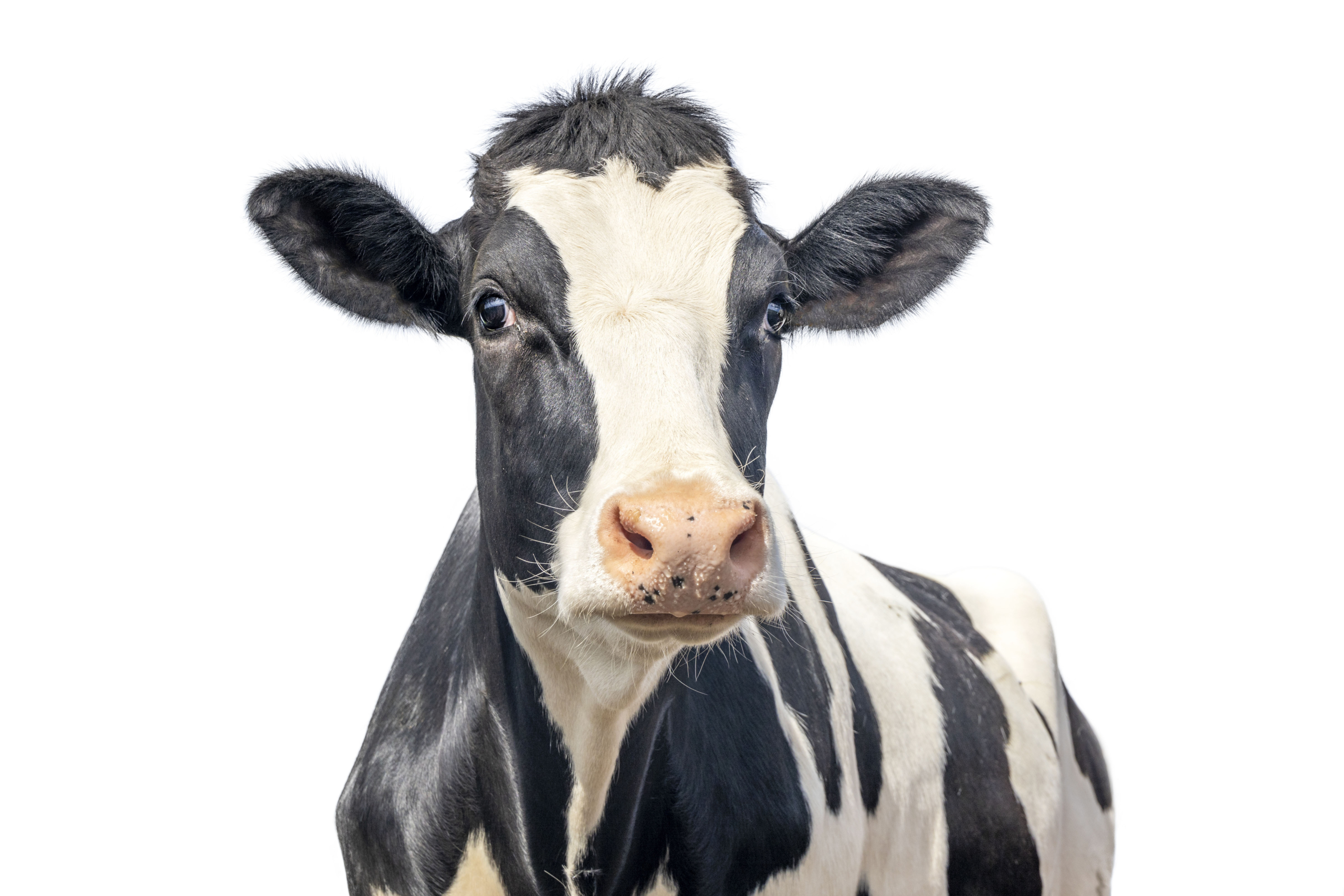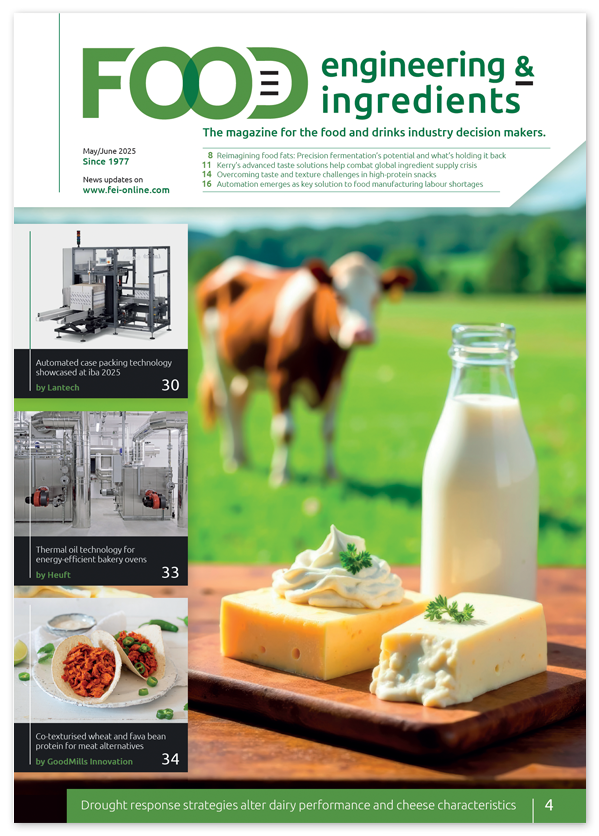Enhancing food safety in the face of climate change
The impact of climate change on food production, distribution, and consumption has raised concerns about compromised food safety. Altered temperatures and humidity levels can create favourable conditions for the proliferation of pathogens or mycotoxins, rendering food unsuitable for human consumption or even hazardous. Addressing this intricate interplay between food safety and climate change necessitates comprehensive regulatory frameworks and innovative strategies that not only mitigate the risks but also bolster the resilience and sustainability of the global food system.
Predicting the effects of climate change on food safety
The PROTECT www.protect-itn.eu training network was a collaborative effort among institutes from 11 European countries, aimed to enhance our understanding of the impact of climate change on food safety. Undertaken with the support of the Marie Skłodowska-Curie Actions programme, the project focused on training early-stage researchers (ESRs) in advanced modelling tools for investigating these effects. The ultimate goal was to create predictive models that could anticipate future challenges in food safety and sustainability within the food industry.
“Our network developed a suite of predictive modelling tools that ranged from microbial and chemical safety models, spoilage and sustainability models, in addition to big data decision support tools,” explains Enda Cummins, project coordinator and professor at University College Dublin.
Training of young researchers
According to Cummins: “The most significant achievement was the training of the ESRs in predictive modelling tools and techniques, which to-date, had not been fully realised to include the integration of food safety with climate change.”
Beyond expanding their knowledge of mathematical concepts, the trainees developed a suite of predictive modelling tools that played a pivotal role in generating science-backed predictions and strategies related to food safety and sustainability, particularly in the dairy industry.
Modelling tools shape dairy food safety recommendations
The consortium employed the generated tools to explore the impact of different climate change scenarios on food safety and sustainability. Notably, these tools revealed heightened risks associated with certain mycotoxins and microbes due to regional climate change predictions. Passive diffusion of CO2 in stress-adapted bacteria like Escherichia coli, Listeria spp., and Enterococcus faecalis can lead to adoptive pressures causing increased public health concerns in the face of climate change.
The research underscored the importance of revisiting existing food safety programmes in food manufacturing facilities. For instance, heat and CO2 applications were identified as essential for the effective biological treatment of dairy waste in the changing climate. Additionally, farmers were advised to update hygiene practices during the milking process and consider implementing new practices such as sprinkler systems, to reduce stress, in specific regions. Moreover, the predictive models shed light on the potential for spoilage microorganisms to thrive in non-refrigerated dairy products. Strategies like intensifying heat treatment and ensuring proper transportation and storage of dairy products were shown to significantly mitigate this risk.
Towards a sustainable dairy industry
Simulation results highlighted the potential of net-zero practices to substantially reduce emissions – by as much as 99% – thus aligning with sustainability goals set for 2050. “The PROTECT modelling tools provide invaluable insight into the dynamic behaviour of microorganisms in food, contributing to a better understanding of the climate change effects on chemical and microorganism concentrations. This knowledge will guide decision-making processes towards achieving a net-zero carbon target in the dairy sector, while ensuring food safety,” says Cummins.



